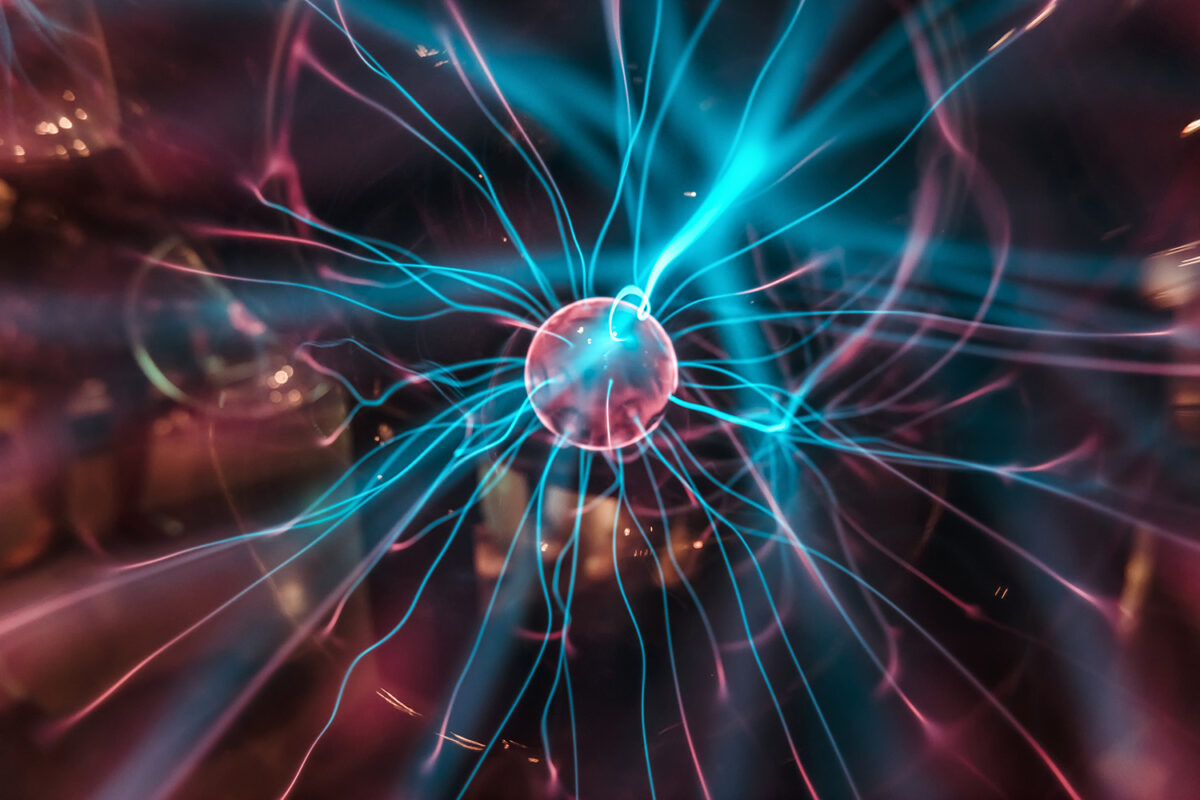
It’s well known that nerves are vital for sensing the world, but researchers are now discovering how they also change the behavior of stem cells, which could have implications for regrowing teeth. Those are the findings of a new paper, published recently in the journal Nature Communications.
Associate Dean of Research Yang Chai PhD ’91, DDS ’96, along with postdoctoral scholar Fei Pei and postdoctoral fellow Li Ma, used mutated mice to understand how sensory nerves affect the behavior of mesenchymal stem cells in the continuously growing mouse incisor. When the sensory nerve is turned off, it led to mesenchymal disorder and an overall decrease in mesenchymal stem cells.
“The nerve not only serves as a sensory component or a motor component in our daily functions, but also it’s used as a vehicle to provide these really important factors that help to control how the stem cells behave,” Chai said. “Basically, it helps build this stem cell niche compartment.”
The researchers studied nerves that secrete a protein-coding gene called FGF-1, which acts on the surface receptors of stem cells, controlling how they maintain tissues. When that interaction was disturbed, the stem cells “basically don’t know what to do,” Chai explained. As a result, the researchers saw an abnormal growth of dentin — one of the main components of teeth — but he said there could be additional implications for how the nerve impacts other organs.
Other studies have shown that sensory nerves can control how fast hair cells grow or how particular gland tissue turns over. “It is quite exciting to see this kind of mechanism so well-conserved across multiple organs,” Chai said, adding that the work can help inform scientists who are studying other organs or bones.
“This work can really inform people who are looking to understand the interaction between nerves and structural components around them.”
The work could also have implications for tooth regeneration — something that Chai and colleagues have been working toward for years. A better understanding of what controls the stem cell’s unique neighborhood can help, he said.
“Not only do we need to put the stem cells in place to regenerate part of a tooth structure, but we also need to make sure that these niche components — like the nerve — is functioning properly so that nerve fibers can control the stem cells in the proper way.”
Chai and his colleagues are actively exploring the other players in this process in a comprehensive way. They are starting to study blood vessels and lymphatic tissue and their impact on stem cells, he said. “Ultimately, we want to have a comprehensive understanding about the entire microenvironment, so we can replicate it while we do tissue regeneration.”
